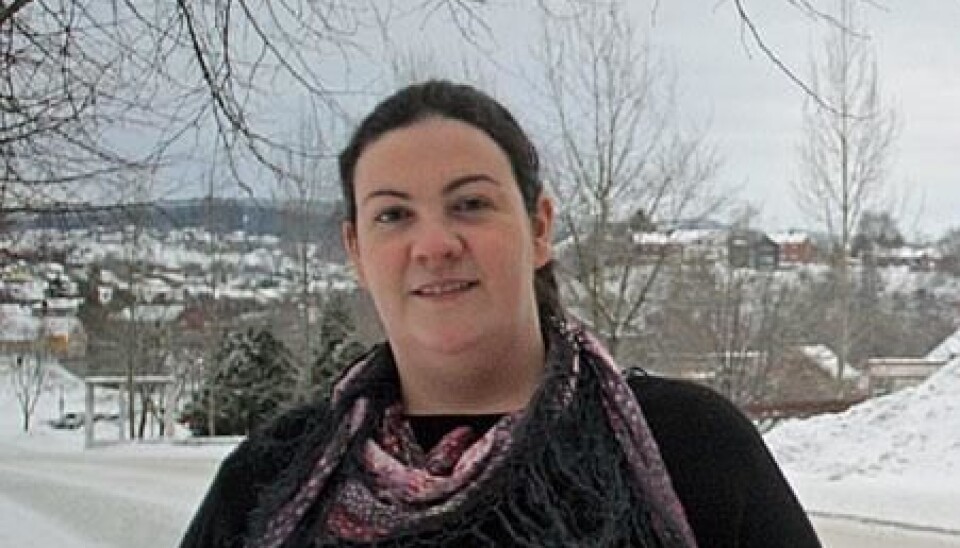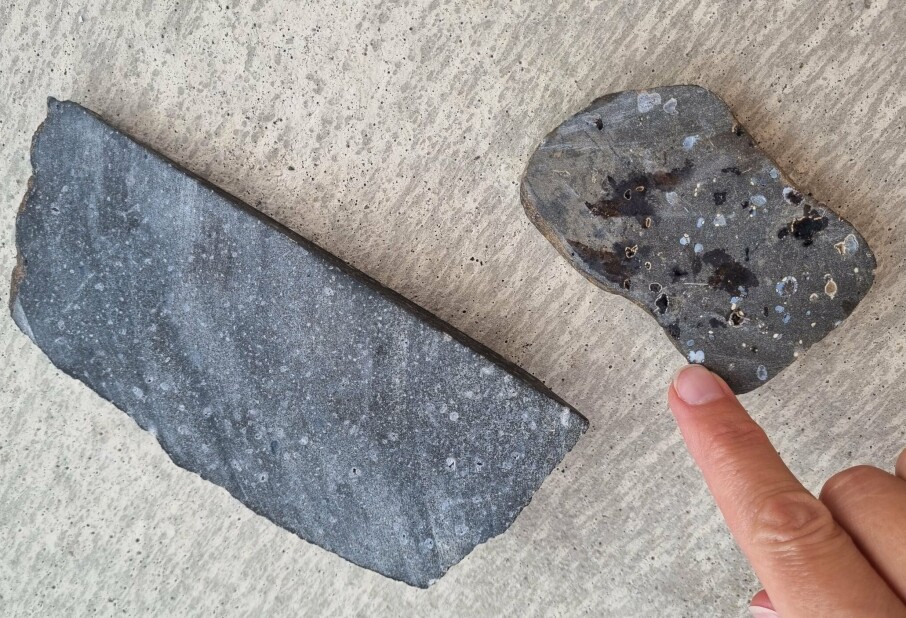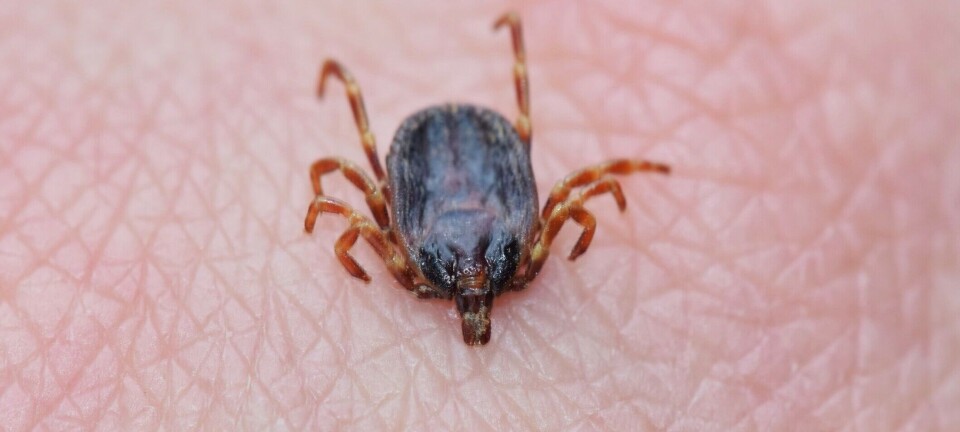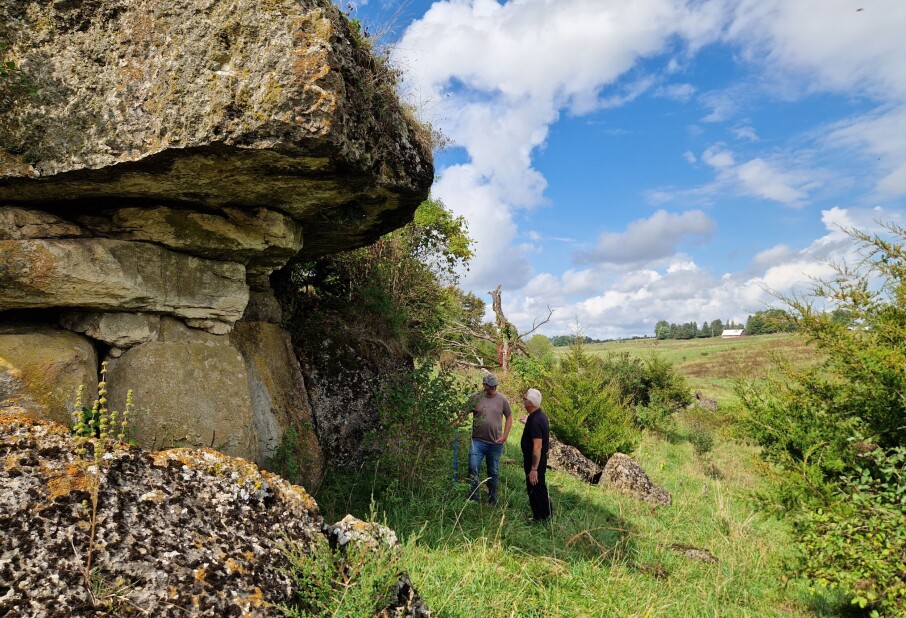
Slipping past slime with sneaky biological medicine
Researchers need to find a way to plow through a mucous barrier to deliver biological medicines to the right place.
Denne artikkelen er over ti år gammel og kan inneholde utdatert informasjon.
A visit to a pharmacy might give you the idea that there are pills for everything, but lots of diseases have no medicinal cure.
“When the cause of an illness is the lack of some compound it can help to transport the missing substance into the body,” says Catherine Taylor Nordgård, who studies biological medicines at the Norwegian University of Science and Technology (NTNU)’s Department of Biotechnology.
Unlike other pharmaceutical products, biological medicines are based on the body’s own molecules. There are relatively few examples of these kinds of drugs as yet, but one that has been around for some time is insulin.
“The challenge is getting the medicines to the right spot in the body in a safe way,” she says.
The problem, in part, is slime, our own slime. Our bodies produce a protective wall of mucous that keeps all kinds of things out - including medicine.
Slime at our service
Our bodies produce about a litre of mucous a day.
You may think that sounds disgusting, but you wouldn’t be sitting there thinking at all without the service mucous provides.
“We couldn’t breathe, eat or reproduce without mucous,” Nordgård says.
Mucous or phlegm has three major functions. It serves:
- As a transport system, as when we cough bacteria out of our lungs.
- As protection, against acids and enzymes in our stomachs so that we don’t digest ourselves.
- As a lubricant, as in sex.
We can now produce proteins and DNA that could be of great service if we could get the substances into the body where they could do some good.
“Mucous protects the cells against large, foreign particles. So it prevents biological medicines from reaching their targets,” says Nordgård.
But she has results that show that it is possible to breach the wall of gooey phlegm that our bodies produce.
Norwegian algae to the rescue
“We have developed a technology that we call G-block,” says Nordgård says her group has developed a technology they call G-block, which is a product made from Norwegian seaweed. Since NTNU is on the coast, the supply chain is short.
The goal of the product is to dissolve or open mucous layers.
Nordgård and her fellow researchers have tested G-block on cystic fibrosis, a hereditary lung disease that causes respiratory difficulties for those afflicted because the body forms a thick layer of phlegm in the lungs.
“G-block had good results as an expectorant,” Nordgård says.
Opening a window
Now they want to find out if G-block can be used to slip some medicines into the body.
“If it works the way we think it will, we could open a window in the mucous,” she says.
An open window, however, can also be attractive to the wrong sort of intruder.
Nordgård says it’s important to get the window open only long enough to deliver the medicine.
But if it stays open too long, potentially harmful substances could also sneak in.
European cooperation
Nordgård and her team of researchers are collaborating with several universities and pharmaceutical companies.
Their effort is called COMPACT, an acronym for Collaboration on Optimisation of Macromolecular Pharmaceutical Access to Cellular Targets.
The objective is to combat disease with biological medicines. NTNU and Nordgård are working to make advances in G-block and to develop a latch that could open windows in mucous layers.
But Nordgård says that mucous is not the only barrier that researchers want to breach.
“Biological medicines are quickly degraded and thus highly vulnerable inside the body. We need to develop good packaging that enables the medicines to arrive unharmed in sites where they can have an effect,” she says
Finding such a medium that suits medicines aimed at the brain is particularly challenging.
“Medicines that can help the brain need to pass through extra barriers because the body protects the brain extra well,” says the researcher.
---------------------
Read the Norwegian version of this article at forskning.no
Translated by: Glenn Ostling
































